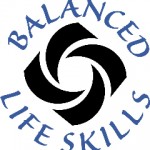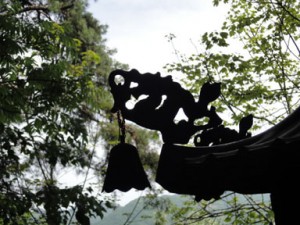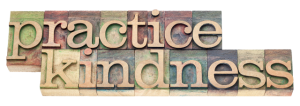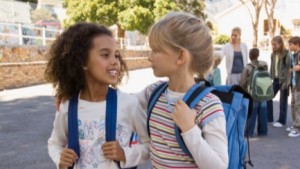 No matter the age of our children, we must as parents always be preparing them and ourselves for the future. On Friday morning I had the privilege of attending a program put on by Southern High School, on substance abuse. Chris Herren, a one time NBA star, spoke about the “first day” and the abuse of alcohol and drugs and where it leads. A very strong program that I wish that not just the kids had heard – even the parents.
No matter the age of our children, we must as parents always be preparing them and ourselves for the future. On Friday morning I had the privilege of attending a program put on by Southern High School, on substance abuse. Chris Herren, a one time NBA star, spoke about the “first day” and the abuse of alcohol and drugs and where it leads. A very strong program that I wish that not just the kids had heard – even the parents.
The night prior to that I gave a presentation to the Mayo Kiwanis Club on understanding suicide prevention. It was also a powerful presentation that spoke on a subject that is heavy and sometimes hard to talk about. Again though, one that every parent must understand – no matter the age of their children. On May 3 at 10 AM Balanced Life Skills will host a “Gatekeeper” training. In just 90 minutes you will learn what each of us needs to know to protect our children and all of our loved ones from self harm. I encourage every parent, grandparent, and high school student to attend.
This Wednesday night at 5:30 at Balanced Life Skills I will personally present on the subject of Creating a Mission Statement for our Families. This 30 minute presentation will cover why this is critical to resilience in our children and how to go about doing it with the involvement of all in the family.
Why is Balanced Life Skills so involved in presentations like this for families? It truly is our mission to help parents to have more peace in their lives. Please join us as we create a culture of peace in ourselves, families, schools and community.




